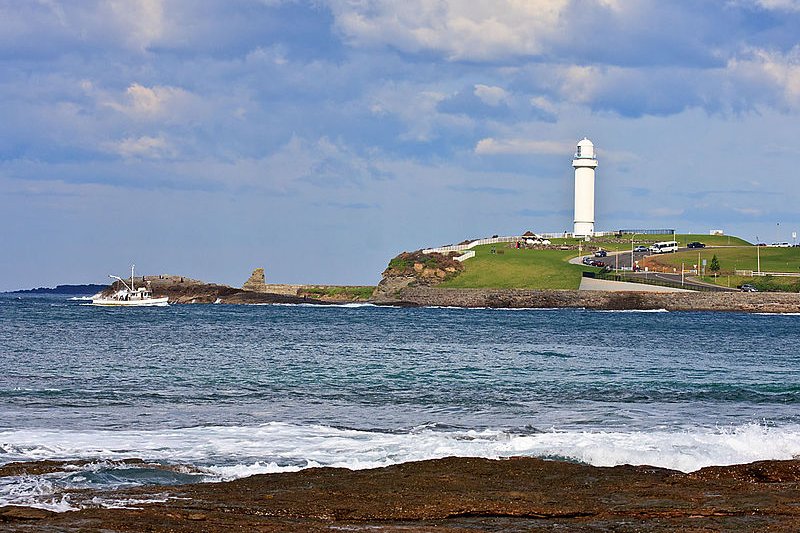 The Lighthouse at Wollongong Head
The Lighthouse at Wollongong HeadSource: https://commons.wikimedia.org/wiki/File:Wollongong_Head_Lighthouse_-_NSW.jpg
Author: Richard Taylor

Wollongong is a coastal town in the Illawarra region, 82 km (51 mi) south of Sydney, in New South Wales, Australia. With a population of 390,000 people (2012 estimate), it is the third largest city in New South Wales behind Sydney and Newcastle. The city is famous for its many surfing beaches and scenic views.
Wollongong is a name that comes from the local Aboriginal language variously translated as "sound of the sea", "great feast of fish" and others. The area was originally inhabited by the Dharwal people. In 1796 European navigators George Bass and Matthew Flinders arrived in the area. Their survey led to the settlement established around 1812.
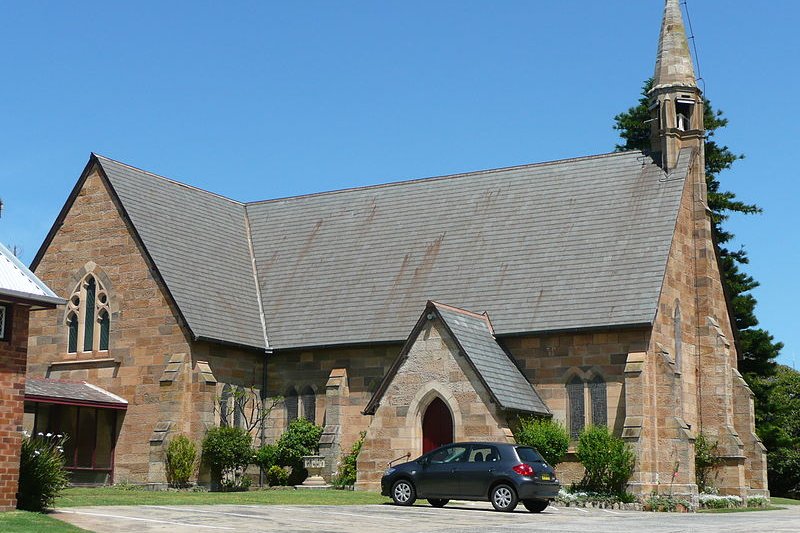 St Michael and All Angels Pro-Cathedral, Wollongong
St Michael and All Angels Pro-Cathedral, WollongongSource: https://commons.wikimedia.org/wiki/File:StMichaelsCathedral.JPG
Author: Clytemnestra

Civic infrastructure in Wollongong were built in the 1830s, among them a court house and military barracks. Wollonggong Harbour was completed in 1861 while its old lighthouse built ten years later. The initial court house built in 1834 was replaced in 1858 and again in 1885. This present structure, in the Classical Revial Style, is today listed on the Register of the National Estate.
The availability of coke and coal led to the founding of a coke works at Wollongong Harbour in 1870. It also helped Wollongong develop its heavy industry. In 1928 a steelworks was established at Port Kembla, a few kilometers to the south. Over the decades the Port Kembla industrial complex grew to become the largest single concentration of heavy industry in the country.
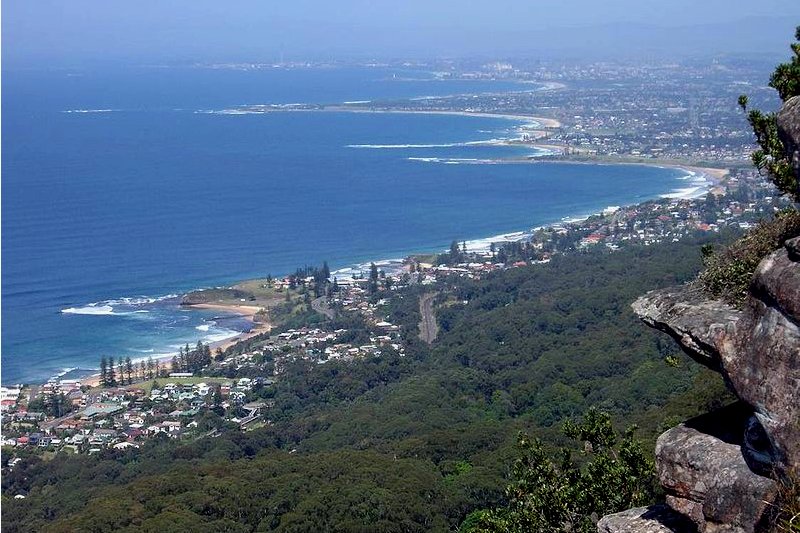 View towards Wollongong from the Escarpment above Wombarra
View towards Wollongong from the Escarpment above WombarraSource: https://commons.wikimedia.org/wiki/File:NorthernIllawarraEscarpmentView.jpg
Author: Klaus-Dieter Liss

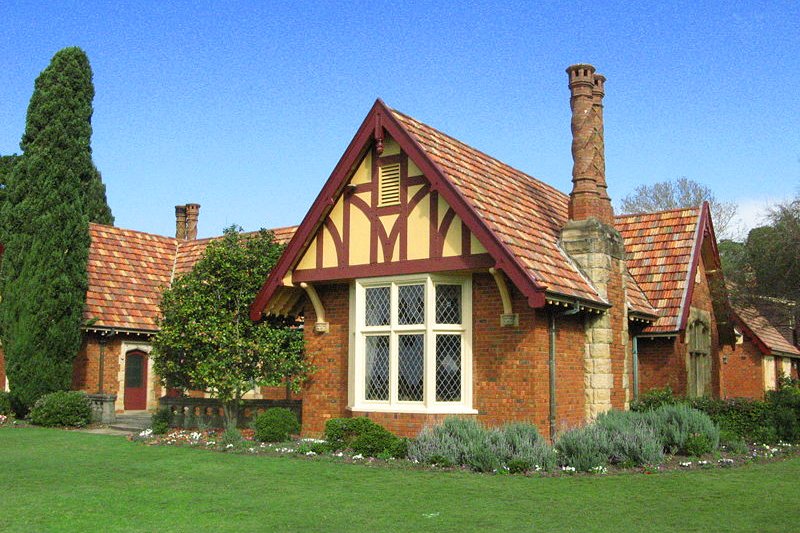 Gleniffer Brae Manor House, an English Tudor-style house built in 1939 in Wollongong
Gleniffer Brae Manor House, an English Tudor-style house built in 1939 in WollongongSource: https://commons.wikimedia.org/wiki/File:Gleniffer_Brae_Manor_House_Wollongong.JPG
Author: Grogan deYobbo

Today Wollongong is a modern, developed Australian city. The economy is diversified, embracing higher education, retail, residential construction as well as the traditional manufacturing and heavy industies, which went into decline in the 1980s.
Visiting Wollongong
National Route 1 (Pacific Highway) is the main highway linking Sydney with Wollongong. The journey takes about 70-90 minutes depending on traffic. There are hourly train services between Sydney and Wollongong on the South Coast Cityrail line. Going by train affords you the opportunity to enjoy the scenery. Some of the ocean views can be quite nice.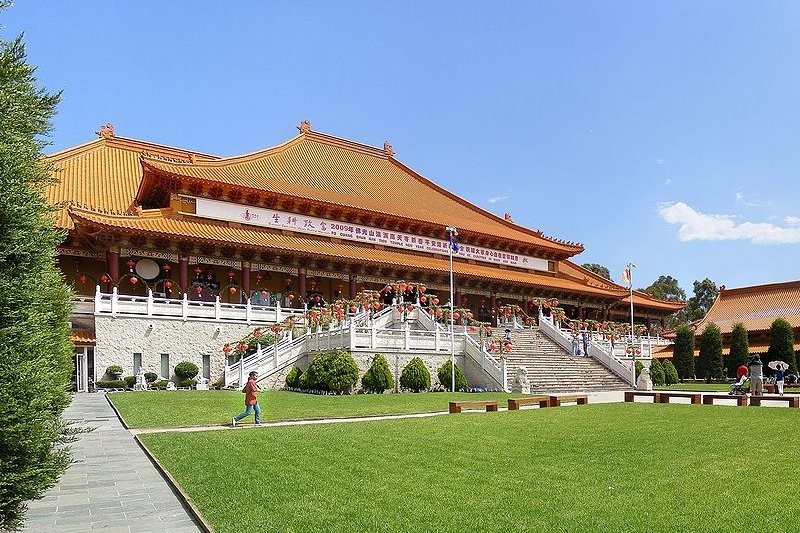 Nan Tien Temple, Wollongong
Nan Tien Temple, WollongongSource: https://en.wikipedia.org/wiki/File:Copy_of_1.7-Nan_Tien_Temple.jpg
Author: Adam J.W.C.

 Places of Interest in Wollongong
Places of Interest in Wollongong
- Nan Tien Temple
One of the largest Buddhist temples in the Southern Hemisphere.
Back to Discover Australia
 Latest updates on Penang Travel Tips
Latest updates on Penang Travel Tips

Copyright © 2003-2025 Timothy Tye. All Rights Reserved.

 Go Back
Go Back